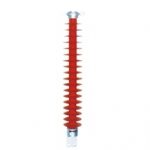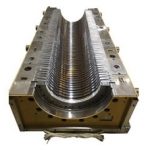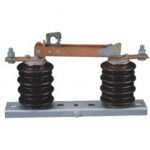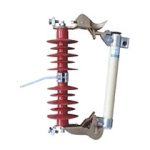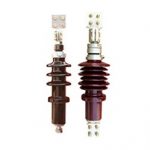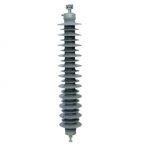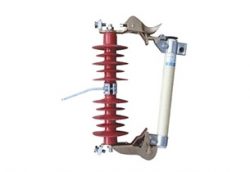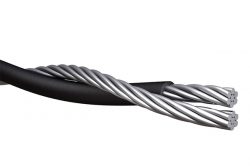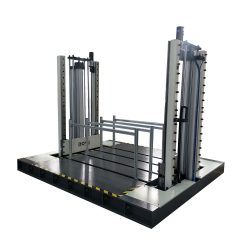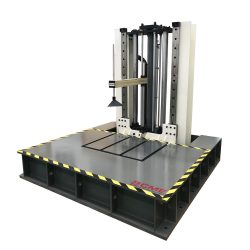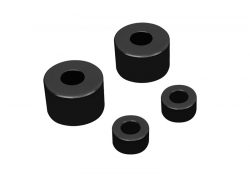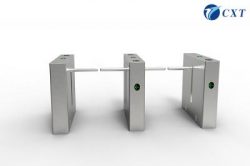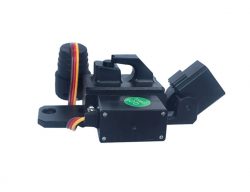Drop Out Fuse/Cutout Switch
Drop out fuse cutout switch refers to an electrical appliance that blows the melt and disconnects the circuit with the heat generated by itself when the current exceeds the specified value. The fuse is based on the current exceeding the specified value for a period of time, with its own generated heat to melt the melt, so that the circuit is disconnected; A current protector is made using this principle. Fuses are widely used in high and low-voltage distribution systems and control systems and electrical equipment, as a protector of short circuits and overcurrent, and are one of the most widely used protection devices.
ypes of Drop Out Fuse Cutout Switch
Cutout Switch
Cutout Switch ZW8-12/C
Cutout Switch ZW32-12
HV Disconnector
HV Disconnector GW5
HV Disconnector GW13
How to Select the Right Drop Out Fuse Cutout Switch
Select the type of fuse according to the line requirements and installation conditions. For a circuit with a small capacity, choose a semi-closed or unfilled closed type; for a larger short-circuit current, choose a filled closed type; for semiconductor component protection, choose a fast fuse.
Select the rated current of the fuse according to the load characteristics.
The selection of melts at all levels needs to cooperate with each other. The latter stage is smaller than the previous stage. The current on the main grid and each branch line is different, and the selection of fuses is also different.
Select the rated voltage of the fuse according to the line voltage.
The fuse current for AC asynchronous motor protection cannot be selected too small (2~2.5 times the rated current of the motor is recommended). If the selection is too small, it is easy to cause the fuse of one phase to blow, causing the motor to burn out due to lack of phase. It must be equipped with a thermal relay for overload protection.
Note: The fuse current includes two aspects, one is the rated current of the seat and frame where the fuse is installed, and the other is the rated current of the fuse. The two should not be confused. This is similar to a circuit breaker.
Drop Out Fuse Cutout Switch Working Principle
When the material and shape of the fuse are determined, its resistance R is relatively determined (if its resistance temperature coefficient is not considered). When current flows through it, it heats up, which increases over time. The size of the current and resistance determines the speed of heat generation, and the structure of the fuse and its installation condition determine the speed of heat dissipation; if the speed of heat generation is lower than the speed of heat dissipation, the fuse will not blow;
If When the speed of heat generation is equal to the speed of heat dissipation, it will not melt for a long time; if the speed of heat generation is greater than the speed of heat dissipation, then more and more heat will be generated, and because It has a certain specific heat and quality, and the increase of its heat is reflected in the increase of temperature. When the temperature rises above the melting point of the fuse, the fuse will blow. This is the working principle of the low fuse.

